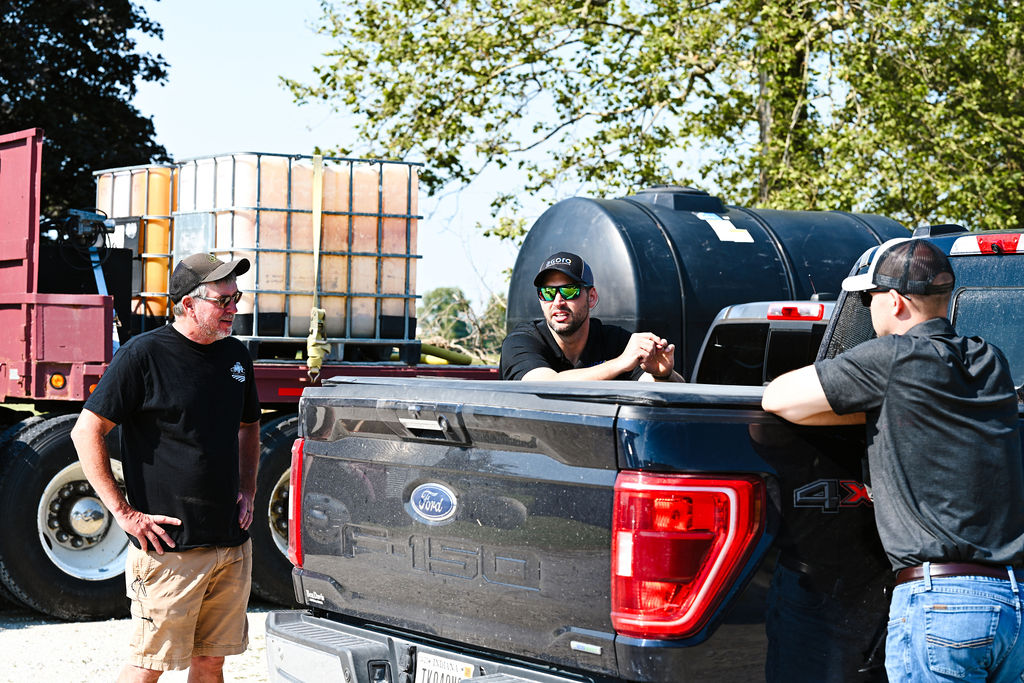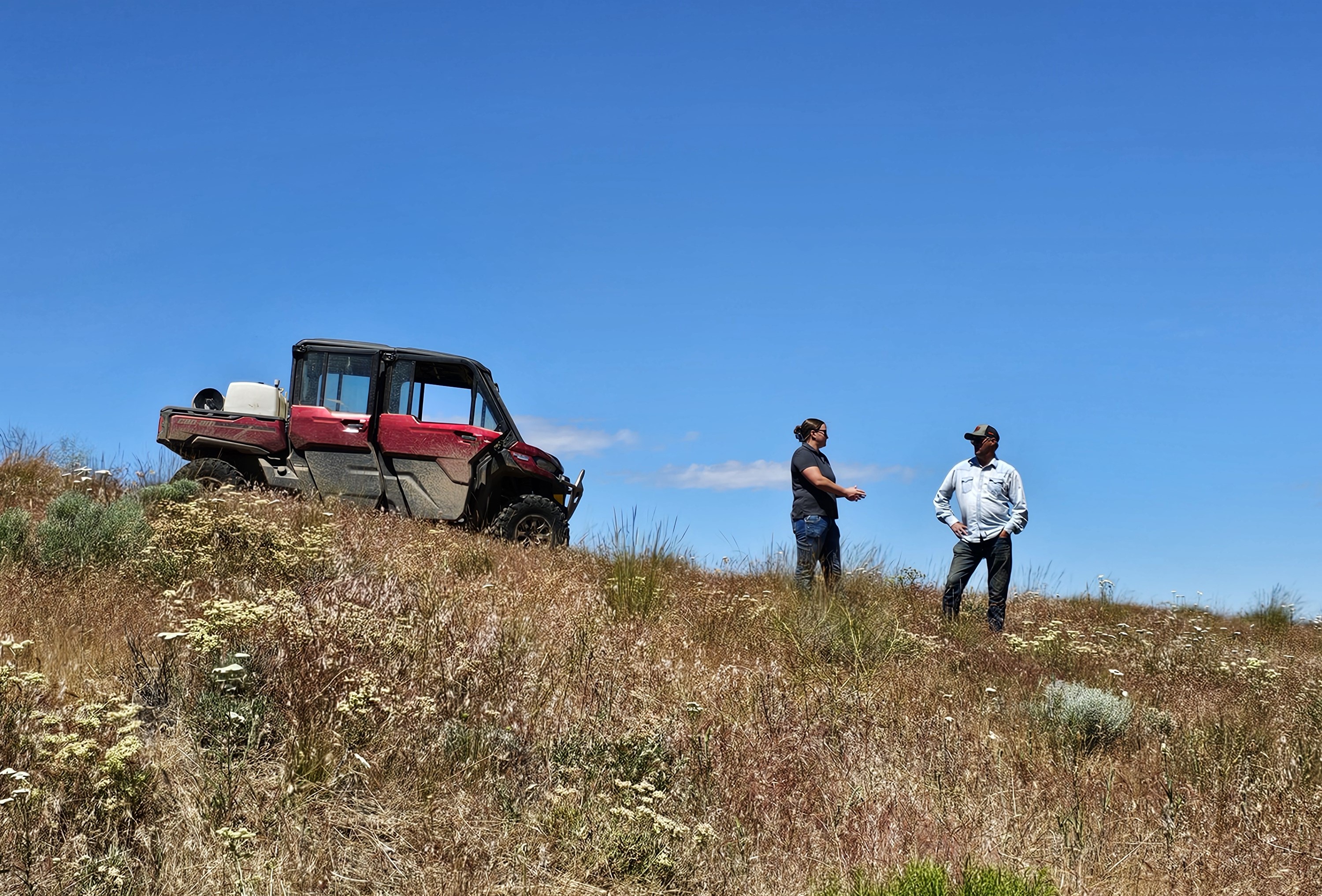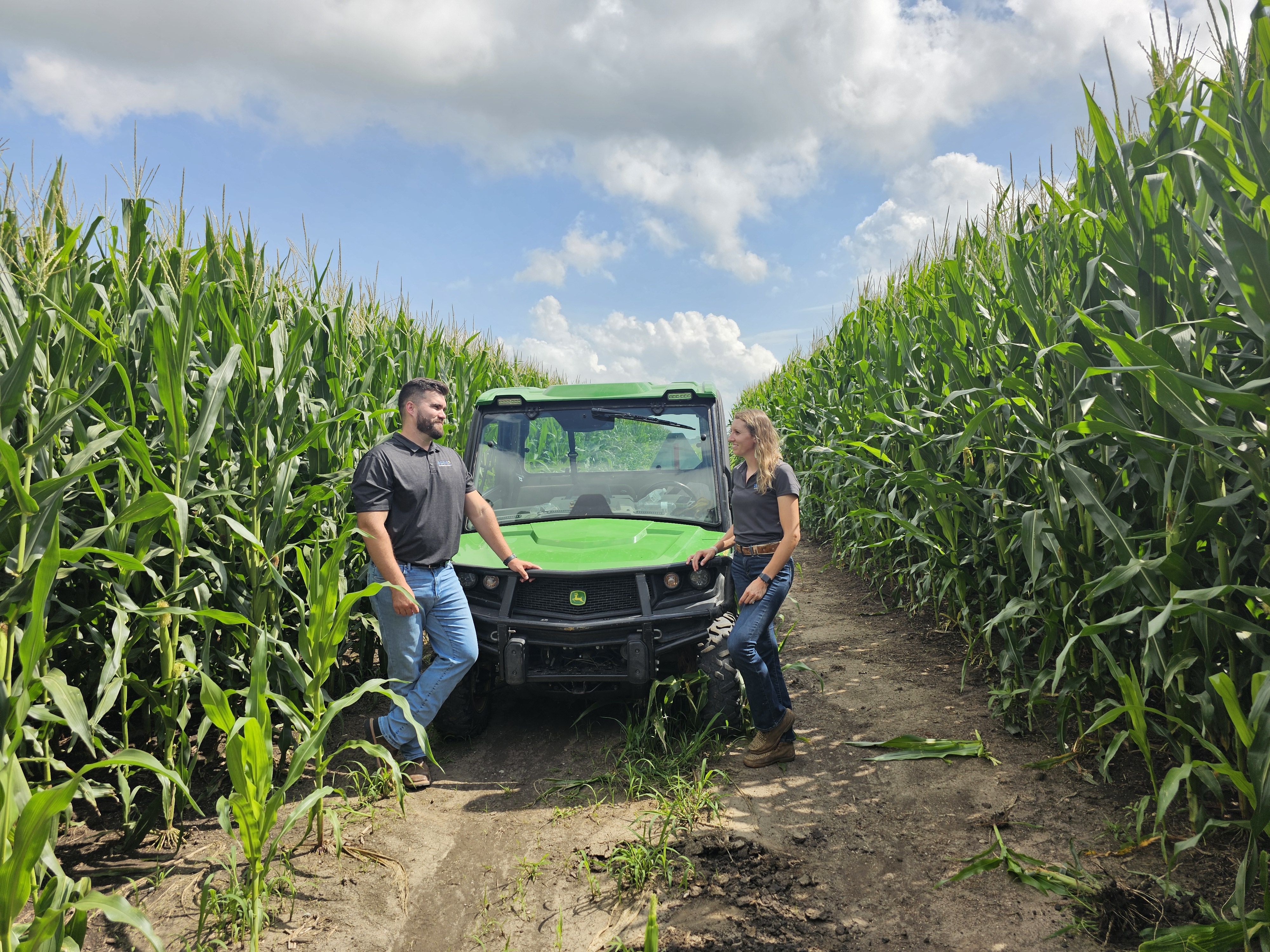What Are the Risks of Joining a Carbon Program?
What Producers Should Know
As a Regional Sales Manager for Agoro Carbon Alliance, I’ve had hundreds of conversations with farmers and ranchers considering enrolling in a carbon program. One of the most common questions I hear is: “What are the risks of signing up for a carbon program?”
If you’ve been wondering the same thing, you’re not alone. It’s smart to evaluate potential risks before committing to anything new on your operation. Fortunately, there are several steps you can take to determine whether a carbon program is a good fit.
1. Vet the Carbon Company
Start by thoroughly researching carbon companies that offer programs in your region. Since it can take years to build soil health and sequester carbon, the stability, longevity, and financial health of a carbon program provider are essential.
Ask questions like:
- How many acres are currently under contract?
- Are there participating producers in your area?
- Do they use accurate, science-based methods to measure soil organic carbon?
→ Learn how Agoro Carbon measures carbon - Will you receive agronomic support throughout the life of your contract?
Every operation is different, so your questions may vary – but all of them deserve clear answers before you move forward.
2. Make Sure the Requirements Are Practical
Ensure the program’s requirements make sense for your operation. For instance, if switching to no-till is a condition, it’s probably not realistic to transition a large-scale row crop farm from conventional tillage to no-till in a single planting season.
Likewise, if cover crops are an option, ask how implementation timelines, seed selection, and equipment needs align with your current practices. Transitioning takes time and often includes a learning curve – so it’s important that expectations are achievable.
3. Understand the Contract, Completely
Take time to read and understand the contract terms. Knowing what you’re committing to (and when) will help prevent surprises down the road.
Consider asking:
- Are there penalties if expected carbon sequestration isn’t achieved?
- What happens if you sell your land?
- Who covers the cost of soil testing?
- Are there any fees that are deducted from your carbon payments?
- Can the contract be canceled under certain conditions?
This step may take extra effort – but it gives you a clear view of what’s expected and whether there’s any financial or operational risk to you.
4. Consider Timing and Implementation Details
If you’re looking at practices like seeding pastures for biodiversity, don’t forget the details: forage variety, seeding rate, timing, and planting method all play a role in whether that investment pays off.
A carbon program should complement (not complicate) your management decisions, so planning ahead is key.
5. Align the Program with Your Long-Term Goals
Lastly, take a step back and revisit your long-term goals. If you’re already focused on improving soil health, enhancing ecosystem services, or leaving your land better than you found it, a carbon program might fit right in with your existing vision.
In many cases, the incentives offered by programs like Agoro Carbon can support – and accelerate – your regenerative efforts.
At the end of the day, many producers find there is minimal risk in joining a well-managed, transparent carbon program. That said, it’s still important to do your homework. By asking the right questions, understanding the expectations, and aligning with a trusted partner, you’ll increase your odds of success – and make sure the program works for your operation, not against it.
Have questions about carbon programs or how to get started? We’re all here to help.



